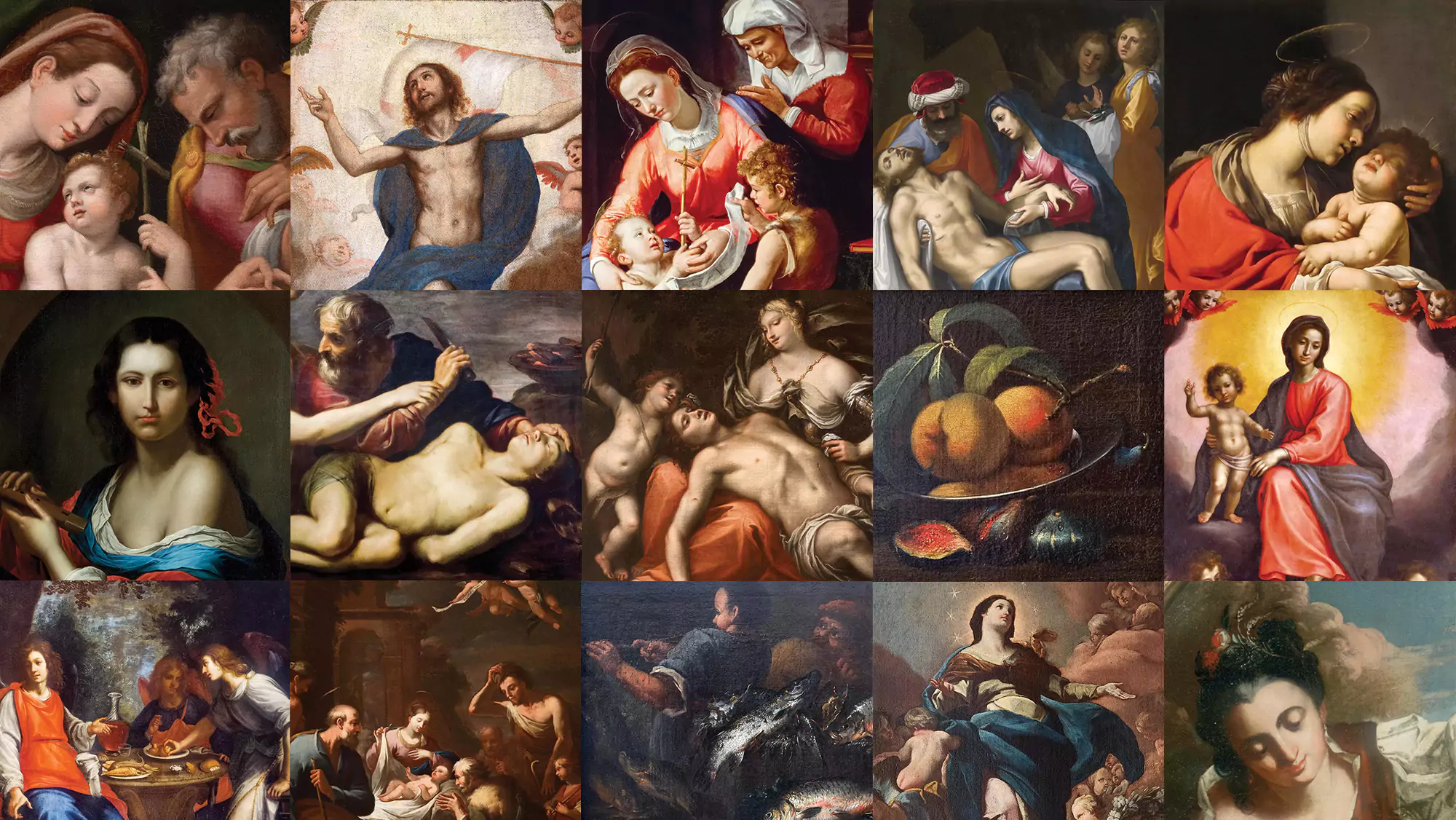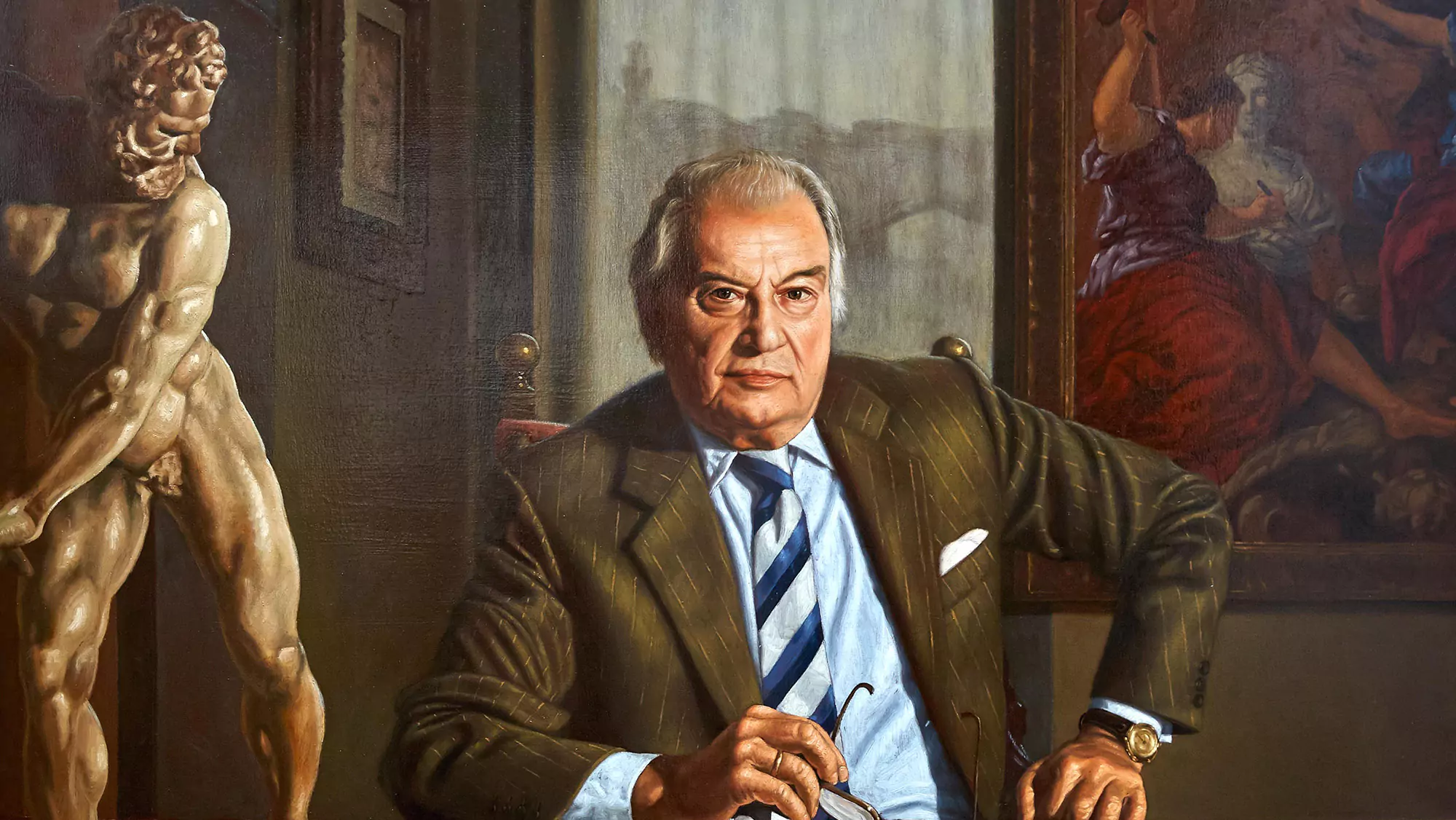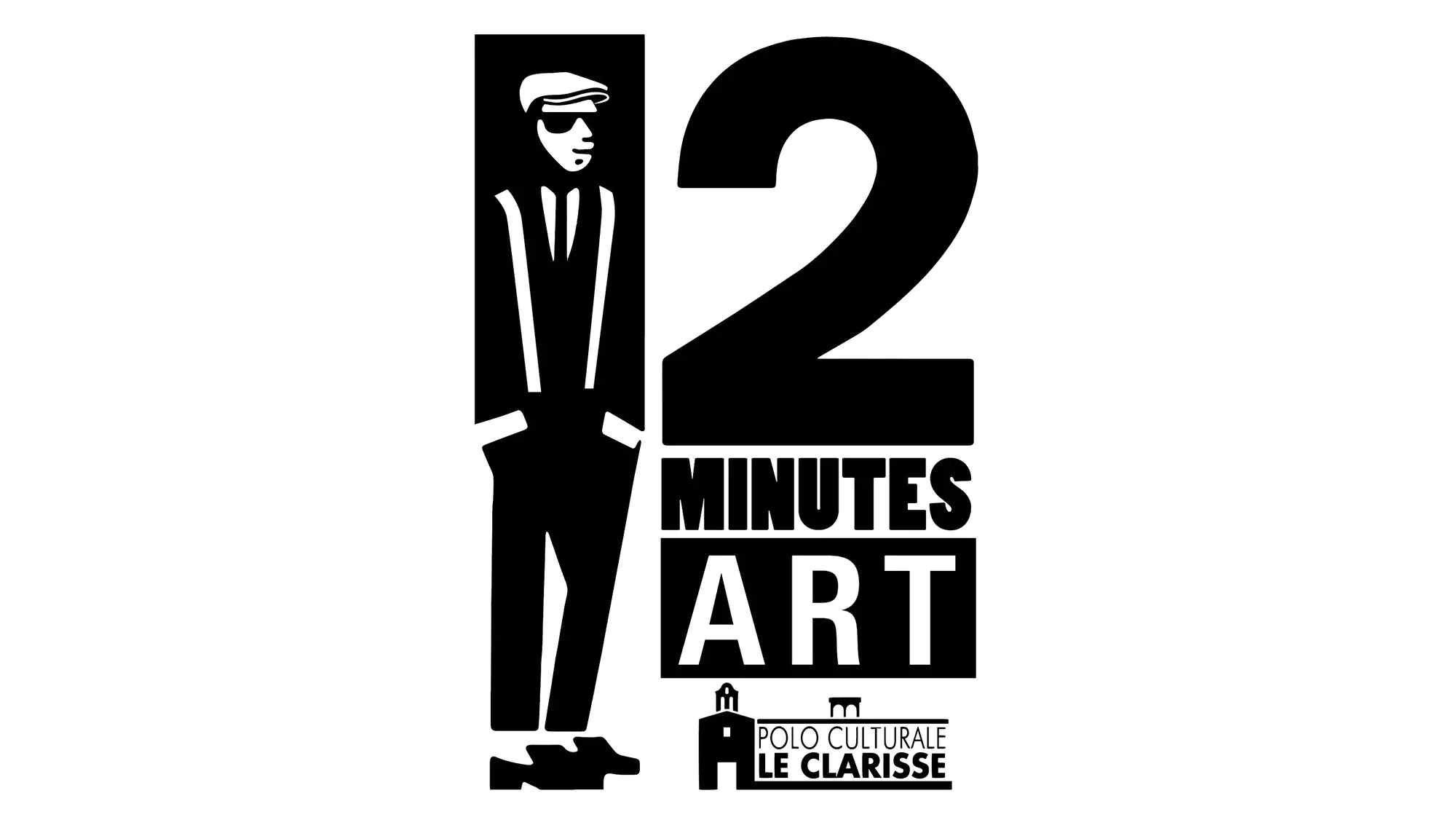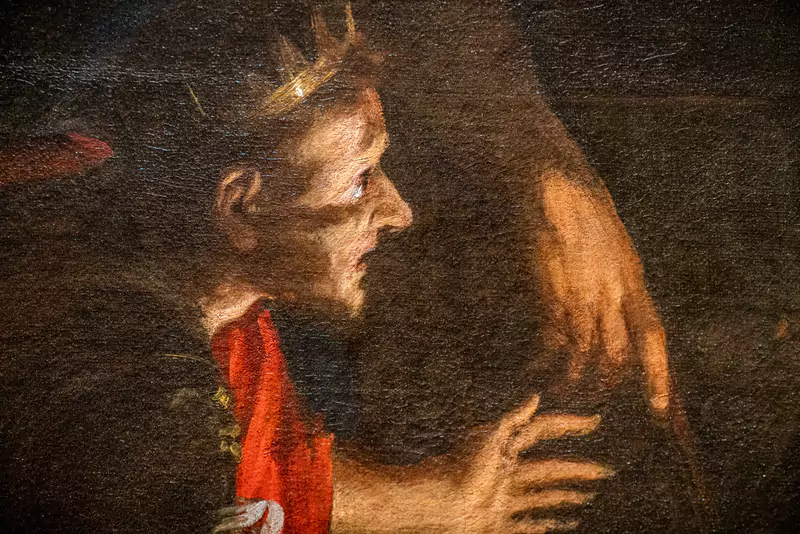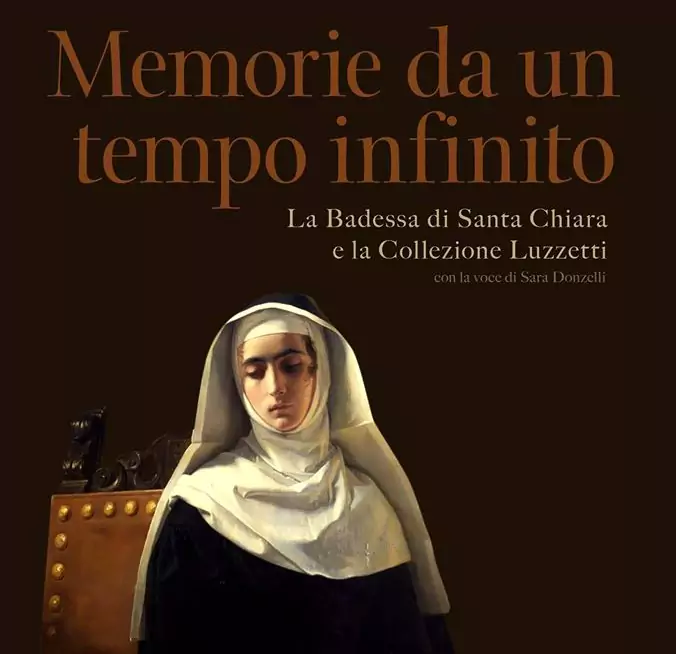Museo Luzzetti presentation

Audioguide
Welcome to the "Gianfranco Luzzetti Collection" Museum.
The museum was
established in 2019 following the bequest to the municipality of Grosseto of a
significant body of works collected throughout his lifetime by the Florentine
antiquarian - but of Grosseto origin - Gianfranco Luzzetti.
The 64 works
donated to the city represent the culmination of an ambitious project matured by the
collector over a twenty-year period with the aim of creating a museum capable of
attracting tourists, stimulating the sense of belonging of the community, and
educating the new generations in the culture of beauty.
The main body of
the collection concerns Florentine art of the seventeenth century. Its location
within a seventeenth-century monastery, built during the Florentine domination of
Grosseto, enhances the identity of the collection, which is based on the Baroque art
of the Tuscan capital, rediscovered and valorized only from the 1960s onwards thanks
to the work of important art historians such as Mina Gregori and antiquarians such
as Gianfranco Luzzetti.
Among the seventeenth-century works, four
paintings by Pier Dandini are worth mentioning, to which a room is dedicated, as
well as works by Santi di Tito, Cigoli, Passignano, Giovanni Martinelli, Jacopo
Vignali, Francesco Curradi, Giovambattista Vanni, and Pietro Tacca.
The
museum collection also includes works pertaining to the Roman school, including
works by Spadarino, Passeri, and Rusconi, as well as paintings from Northern Italy
such as a large canvas by Montalto and a small still life by Panfilo Nuvolone. There
are also eighteenth-century masterpieces by Corrado Giaquinto and Giovanni Domenico
Lombardi, known as l'Omino.
The collection is completed by two
nineteenth-century landscape paintings by Maffei and Markò. The exhibition path
winds through the spaces of the ancient seventeenth-century convent of Santa Chiara,
known as the former convent of the Clarisses, and the Church of the Bigi.
The birth of the museum has also allowed the recovery through a restoration
intervention of the original and lost connection between the convent building and
the historic pertinence of the Church, the only testimony of Baroque art in the
city.
